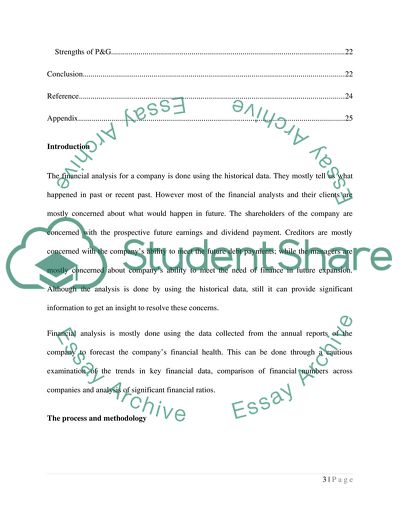Cite this document
(Unilever PLC and P&G Financial Comparison Case Study, n.d.)
Unilever PLC and P&G Financial Comparison Case Study. Retrieved from https://studentshare.org/finance-accounting/1734000-compartive-between-uniliver-plc-uk-and-pg-usa
Unilever PLC and P&G Financial Comparison Case Study. Retrieved from https://studentshare.org/finance-accounting/1734000-compartive-between-uniliver-plc-uk-and-pg-usa
(Unilever PLC and P&G Financial Comparison Case Study)
Unilever PLC and P&G Financial Comparison Case Study. https://studentshare.org/finance-accounting/1734000-compartive-between-uniliver-plc-uk-and-pg-usa.
Unilever PLC and P&G Financial Comparison Case Study. https://studentshare.org/finance-accounting/1734000-compartive-between-uniliver-plc-uk-and-pg-usa.
“Unilever PLC and P&G Financial Comparison Case Study”, n.d. https://studentshare.org/finance-accounting/1734000-compartive-between-uniliver-plc-uk-and-pg-usa.


